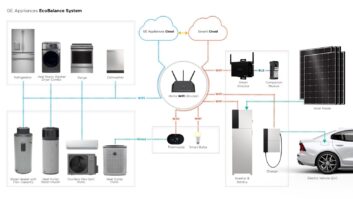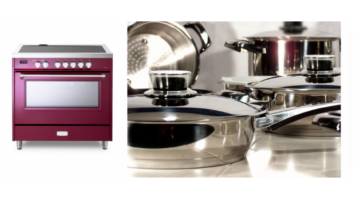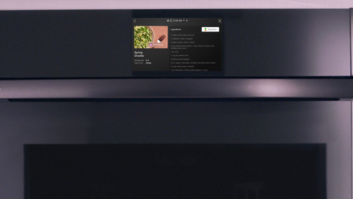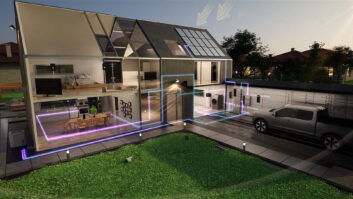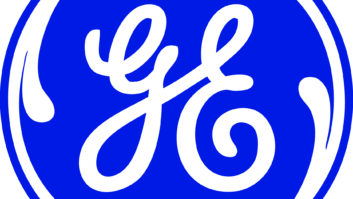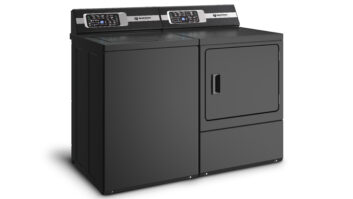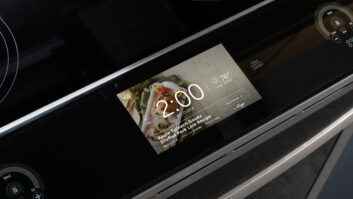NEW YORK — In Part 2 of TWICE’s Special Report on Distributors, we decided to focus on white goods — the major appliance category.
The resurgence in the majaps business is due to a variety of factors, probably the most important being the recovery in the housing market.
Since TWICE is doing its midyear Distributor Special Report, we decided to ask two executives whose companies serve the market — Warren Chaiken, Almo president and COO, and Doug Allen, Climatic president — their views on how the market is changing during 2013.
TWICE: To what do you attribute the recent resurgence in major appliance demand? Is it all related to the housing market recovery?
Chaiken: Housing market recovery has definitely played a big part in the recent resurgence. And we are also seeing weather-related damage pulling a lot of consumers into the marketplace that might not have originally been planning new appliance purchases. We expect to see the effects of Superstorm Sandy replacement in the Northeast through the summer, as insurance claims continue to come in for consumers.
Allen: The economy has begun to recover within the contract builder channel as many families are finding more stability in their pocketbook. This recovery in the builder channel is due to investors who have purchased many of the bank-held properties and have turned them into rental properties, creating a demand for new construction, single home starts.
In addition, we now have a circumstance with many homeowners staying in their existing homes and beginning to remodel kitchens. In the vein of making the best of their situation, many consumers are not just replacing, they are upgrading. This has created a wonderful opportunity for premium to luxury appliance categories.
Most of the appliance recovery is due to the housing market. The major appliance industry has seen the retail appliance channel as essentially flat to slightly up in 2013. Any growth is related to the upward tick in the housing market. In addition, we are seeing many new multi-family projects that were proposed for 2012 now breaking ground and being built.
TWICE: Has there been an increase in the number of dealers entering the category for the first time?
Chaiken: Yes, we do have some large CE customers who are looking to either reinvest business or expand into other categories including appliances, mattresses, furniture and fitness equipment. With margins on CE dwindling, these additional categories are a much steadier source of margin dollars for those accounts that can successfully move into that business. We have not seen a huge uptick in brand new appliance dealers opening their doors around the country.
Allen: The recent trend in the marketplace has been existing dealers adding lines to their floors, rather than new dealers entering the market. Independent retail appliance dealers are building strength by diversifying their offerings and adding new categories into their existing appliance locations.
TWICE: Which major appliance categories are seeing the greatest growth?
Allen: The appliance industry is showing the best growth in dishwashers, OTR [over-the-range] microwaves, French door refrigeration, and top-load laundry. The dishwasher and OTR microwave growth is due to the contract builder channel. We will see cooking catch up later in the year.
French door refrigeration continues to gain and move past units sold compared to side-by-side refrigeration. The consumer is looking for the usable space in the French door units as well as the energy savings with these refrigerators.
Top-load laundry is seeing some nice increases year over year. The new HE top-load units with larger capacities are leading the way. Again, consumers are look for energy savings within this category.
Chaiken: Refrigeration — especially French door — high-efficiency top-load laundry, and freestanding cooking products have seen the greatest growth this year. We believe both French door and HE top-load are still in the early-adopter phase and will see considerable growth as consumers with older technologies shop for replacements. While more expensive than traditional side-by-side refrigerator or top-load laundry configurations, they will eventually migrate down into price points that are more approachable while still maintaining key features like energy efficiency and capacity.
TWICE: Are you seeing much demand for connected appliances, which can be monitored and controlled remotely?
Allen: Many manufactures have introduced smart appliances with connectivity either through smartphones or Internet, but it still remains a small part of the overall appliance market.
As with any new technology, there are two benchmarks that have to be accomplished before mass popularity takes hold. The first is a comfort level with the equipment — letting the “techies” work out the bugs and test the first iterations. The second is a more affordable price point. As we see these kinds of features become more economical, we will see the consumer demand increase. Consumers want this ability, but it has yet to pass the threshold of being thought of as a necessity for home comfort.
Chaiken: The exploration of connected appliances is still in its infancy in most markets, as the “grid” that is needed for connection is just starting to be adopted in most local communities. The units available for purchase are actually far ahead of the content that most consumers will be able to access in their own home.
The energy savings and economic benefits of connected appliances are tangible, and should be appealing to all consumers. Because of that, there is tremendous room for growth in this category, particularly in units that are smart enough to monitor energy rates and easy enough to connect to the smart grid to make the savings effortless for the consumer.




